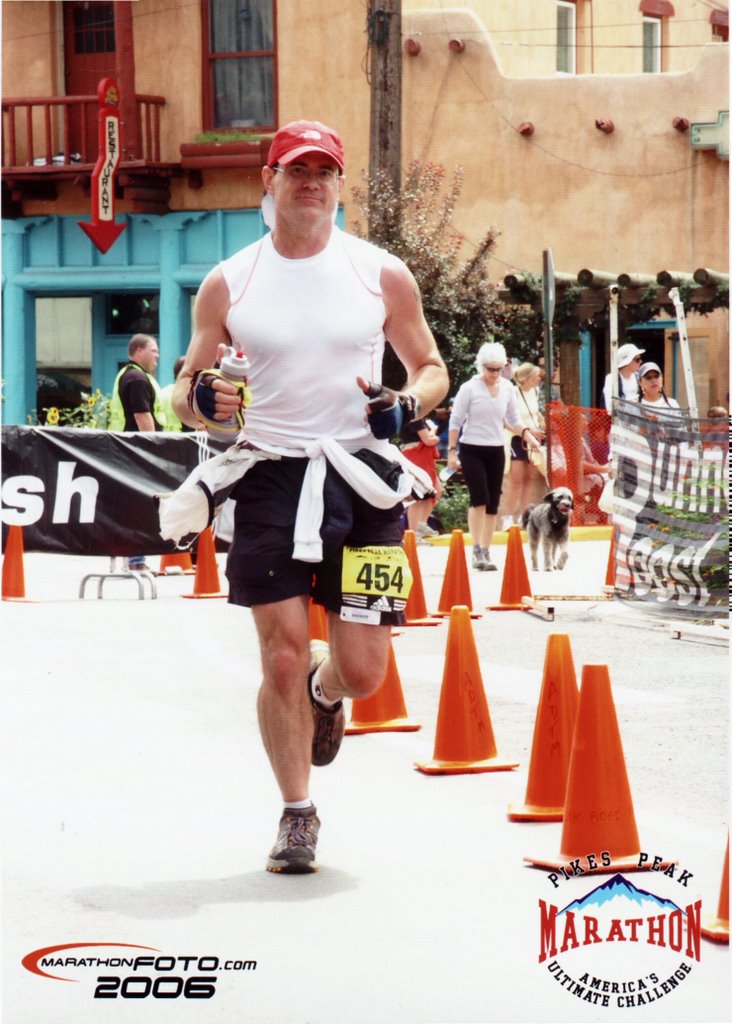Whatever it is, I had a method for generating a list of all my computers, then I would edit with Notepad using Edit/Replace. When I started doing that, I thought I was so efficient, but I wasn't, really. I had to start from scratch every time. It was a simple process but a little tedious.
Here's how I would generate a list of all the computers in Finance. The first letter of all machines began with "F". So I use "net" and "find" to filter...
net view | find/i "\\f" >> fin.txtAfter years of editing these things, and needing to update old scripts for doing the same thing a year later, it got to be a mess. For one thing, computers come and go, so I had to regenerate the list of computers repeatedly. Why not just have one master list? Maintain that one list. Use "call" to process it.
Unfortunately, this new way requires three scripts, not one, so it seems more complicated, at first, but in constant use, it's actually much easier.
To keep things sorted and easy to see, I name all the first scripts starting with "1_".
The master list is called "2_FinancePC_List.bat", and that doesn't change - that's my master list that is always kept up-to-date whenever I surplus a PC or get new ones online.
I'll use a query for Adobe as an example.
The first script is short and easy to edit. I can copy the first file from another query and then rename it. So I usually only have to edit the name of the query and the name of the report...
(Warning: some lines might be "wrapped".)
:: =======================
:: Edit the "set" values
:: =======================
title Adobe Query
set CmdPath=D:\RemoteCommands\Queries
set CmdFile=3_AdobeQuery.cmd
set RptFile=Adobe_Report.txt
del /q %CmdPath%\%RptFile%
time /T >> %CmdPath%\%RptFile%
call "D:\RemoteCommands\2_FinancePC_List.bat"
time /T >> %CmdPath%\%RptFile%
start notepad.exe %CmdPath%\%RptFile%For convenience, the report gets launched in Notepad upon completion.
You can see the real query trigger is "call "D:\RemoteCommands\2_FinancePC_List.bat"". Variables are set in the first script, and passed to the second script. So for each new query, I don't need to edit the master list. That much is generic and part of my seperate, on-going inventory process.
Here's a shortened version of the second file to give you the idea...
call %CmdFile% F1118 "Gotta Gno"
call %CmdFile% F1119 "Betty Whine"
call %CmdFile% F1120 "Bob Bobster"Of course, this list is pretty long, but all lines are similar. Only the computer name and end-user name are different, and those are passed as parameters "%1" and "%2" to to third script.
The last script is the meat-and-potatoes, and it begins with "3_".
:: Avoid the full time-out wait for each PC that is offline...
@ping -n 1 %~1
if errorlevel 1 goto There
:: Adding the "findstr" command strips out the extraneous two lines the REG QUERY command produces...
@echo %~1 %~2 >> %CmdPath%\%RptFile%
dir /s /b "\\%1\c$\Program Files\Adobe\Acrobat.exe" >> %CmdPath%\%RptFile%
dir /s /b "\\%1\c$\Program Files\Adobe\AcroRd32.exe" | findstr /i Reader
reg query "\\%1\HKLM\SOFTWARE\Adobe\Acrobat Reader\5.0\InstallPath" /ve | findstr /i REG_SZ >> %CmdPath%\%RptFile%
reg query "\\%1\HKLM\SOFTWARE\Adobe\Acrobat Reader\6.0\InstallPath" /ve | findstr /i REG_SZ >> %CmdPath%\%RptFile%
reg query "\\%1\HKLM\SOFTWARE\Adobe\Acrobat Reader\7.0\InstallPath" /ve | findstr /i REG_SZ >> %CmdPath%\%RptFile%
reg query "\\%1\HKLM\SOFTWARE\Adobe\Acrobat Reader\8.0\InstallPath" /ve | findstr /i REG_SZ >> %CmdPath%\%RptFile%
reg query "\\%1\HKLM\SOFTWARE\Adobe\Acrobat Reader\9.0\InstallPath" /ve | findstr /i REG_SZ >> %CmdPath%\%RptFile%
reg query \\%1\HKLM\SOFTWARE\Classes\Installer\Products\68AB67CA7DA73301B7449A0100000010 /v ProductName | findstr /i REG_SZ >> %CmdPath%\%RptFile%
goto END
:There
@echo %~1 - offline - %~2 >> %CmdPath%\%RptFile%
goto END
:ENDHere is a sample of what the report looks like...
F1118 Gotta Gno
\\F1118\c$\Program Files\Adobe\Acrobat 6.0\Acrobat\Acrobat.exe
F1119 Betty Whine
\\F1119\c$\Program Files\Adobe\Acrobat 8.0\Acrobat\Acrobat.exe
F1120 Bob Bobster
\\F1120\c$\Adobe\Reader 9.0\Reader\AcroRd32.exe
REG_SZ C:\Program Files\Adobe\Reader 9.0\Reader With this info, I know who is in the most dire need for upgrades. Depending on the schedule of the end-users, I can conveniently work the upgrades in.
